drk14
Brilliant_Rock
- Joined
- Jun 25, 2014
- Messages
- 1,061
Rockdiamond/David,
I'm starting a new thread because our discussion got derailed in the other thread. Hope you will see this and don't mind participating.
To set the tone for this thread: As a scientist, I'm looking for the truth. I am interested in David's opinions because he has a perspective that differs from the conventional wisdom on PS. So I hope this conversation will not devolve into anything negative. I would just like to get a better understanding of his views on the type of fancy cut diamonds that he has characterized as appearing like a "bottomless bucket" of "dazzling ice", but that PSers tend to describe using the "M" word that I won't use here (at least not this early in the thread ) out of respect for David.
) out of respect for David.
Such diamond cuts have also been praised by other, less "controversial" PS trade members, and are in my opinion subject of significant confusion on PS:
I sincerely hope that people can refrain from digs or attacks (veiled or otherwise) if they disagree with any of David's statements. Like I said, I think his experience and opinions are valuable, and the purpose of this thread is to allow me (and others) to get a better picture of his perspective.
David:
I think that we did agree in the other thread that within the universe of diamonds that appear to be non-crisp and/or have washed-out areas in ASETs, some stones may be poorly cut, while some stones may manifest as a "bottomless bucket" of "dazzling ice".
Some of your comments also suggest that you can see the potential in some of these diamond photos and videos that would be disparaged by most PS members. Is this true -- can you tell a badly cut diamond from a non-crisp "dazzling ice" diamond by looking at photos and videos? If so, what do you look for? What are the signs that suggest to you that the diamond will be found attractive by someone who appreciates the "bottomless bucket" effect?
I'm starting a new thread because our discussion got derailed in the other thread. Hope you will see this and don't mind participating.
To set the tone for this thread: As a scientist, I'm looking for the truth. I am interested in David's opinions because he has a perspective that differs from the conventional wisdom on PS. So I hope this conversation will not devolve into anything negative. I would just like to get a better understanding of his views on the type of fancy cut diamonds that he has characterized as appearing like a "bottomless bucket" of "dazzling ice", but that PSers tend to describe using the "M" word that I won't use here (at least not this early in the thread
Such diamond cuts have also been praised by other, less "controversial" PS trade members, and are in my opinion subject of significant confusion on PS:
Wink|1414969079|3776527 said:HOWEVER!!!!!!!!!!!!!!!!!!! When I look at the stone with my eyes it that same delicious crushed ice sparkle that I love when I see a well cut radiant. The stone is GLORIOUS! It's ASET hurts my eyes.
Sigh. SO MUCH to learn!
I sincerely hope that people can refrain from digs or attacks (veiled or otherwise) if they disagree with any of David's statements. Like I said, I think his experience and opinions are valuable, and the purpose of this thread is to allow me (and others) to get a better picture of his perspective.
David:
I think that we did agree in the other thread that within the universe of diamonds that appear to be non-crisp and/or have washed-out areas in ASETs, some stones may be poorly cut, while some stones may manifest as a "bottomless bucket" of "dazzling ice".
Some of your comments also suggest that you can see the potential in some of these diamond photos and videos that would be disparaged by most PS members. Is this true -- can you tell a badly cut diamond from a non-crisp "dazzling ice" diamond by looking at photos and videos? If so, what do you look for? What are the signs that suggest to you that the diamond will be found attractive by someone who appreciates the "bottomless bucket" effect?


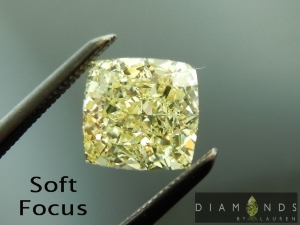
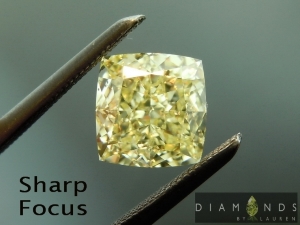
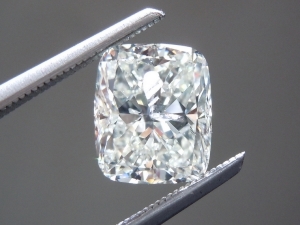
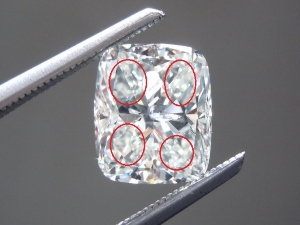
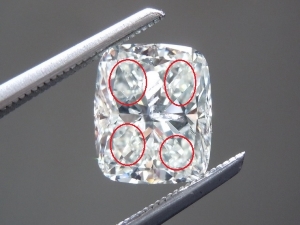


300x240.png)